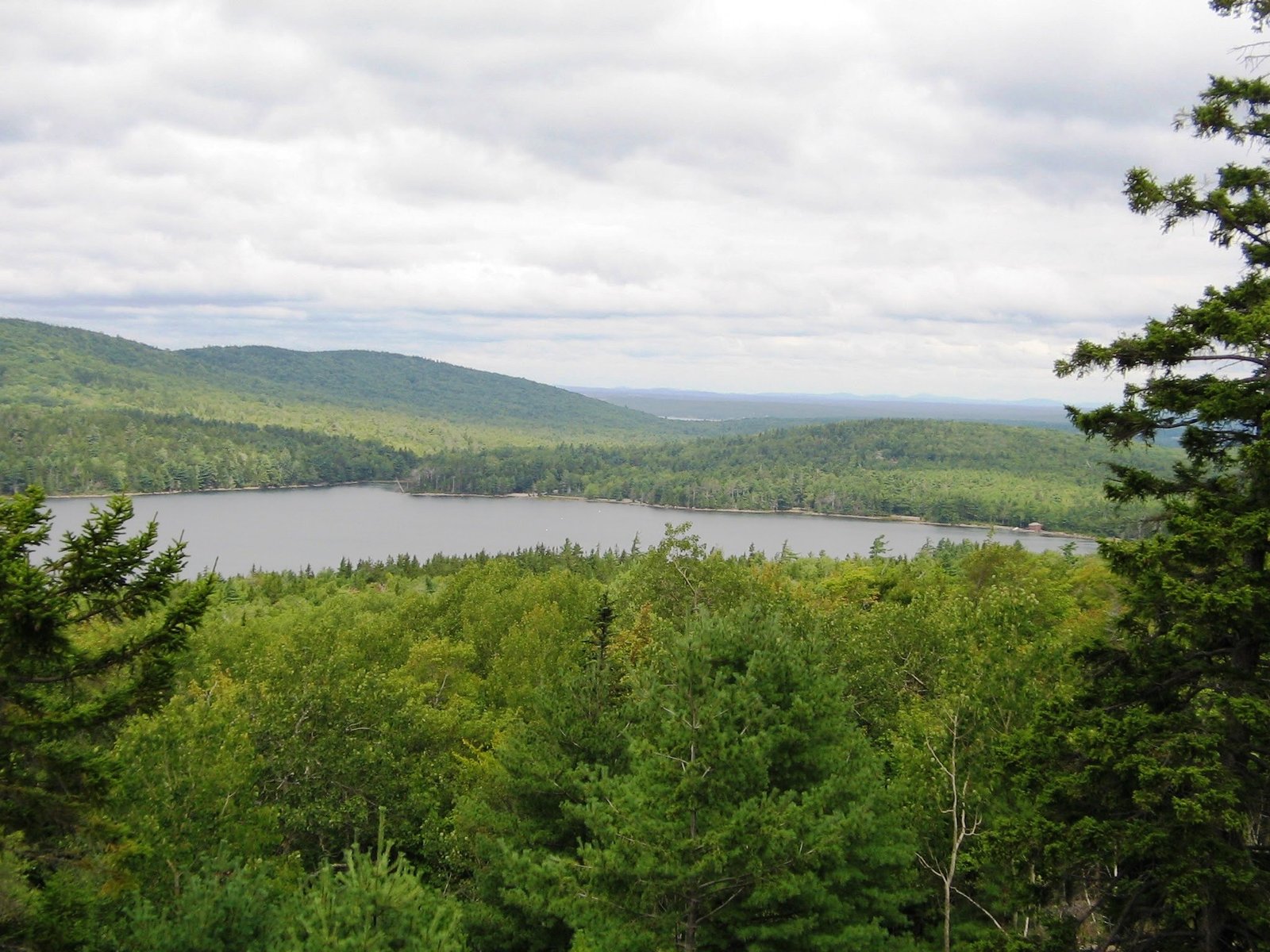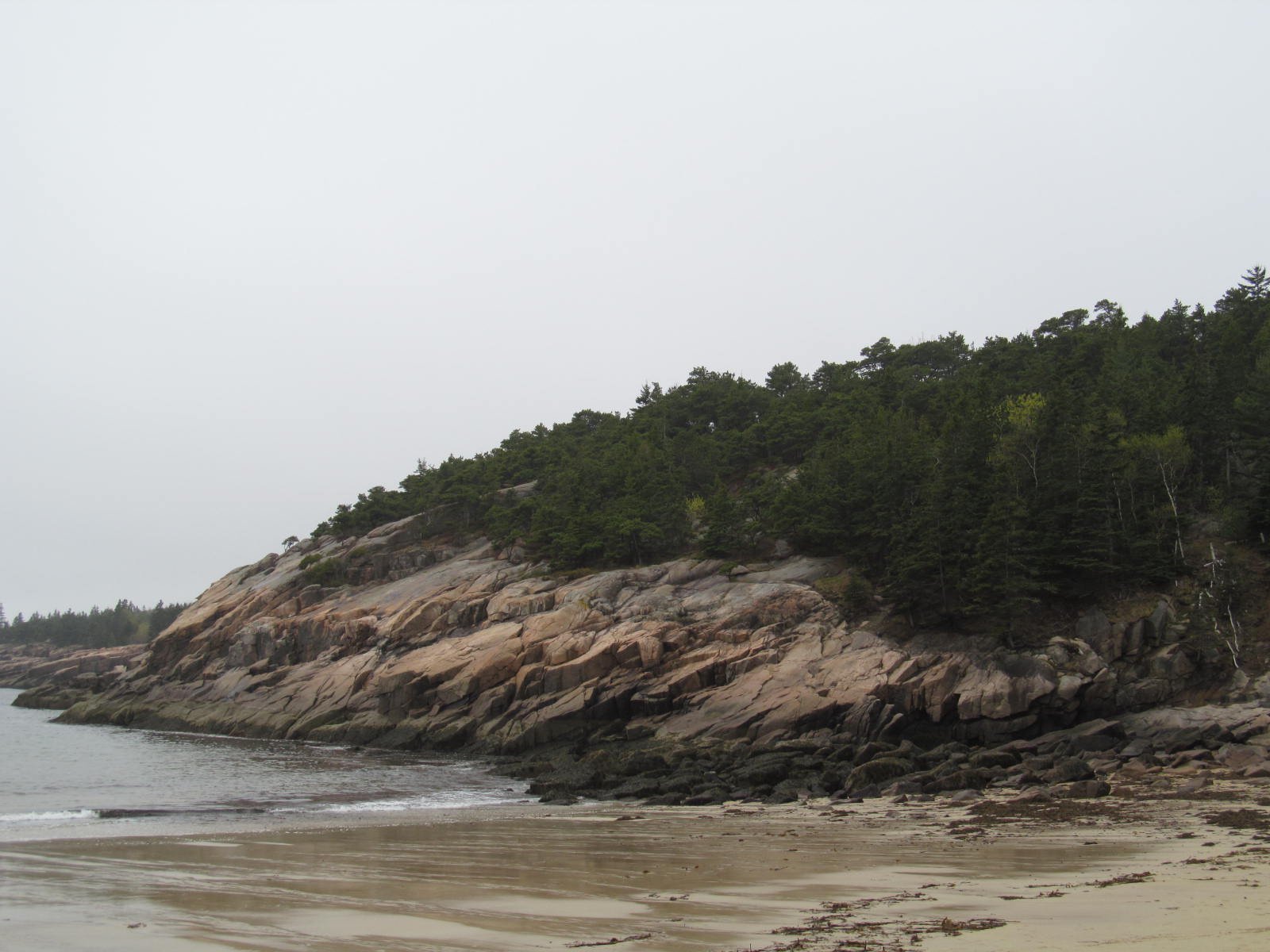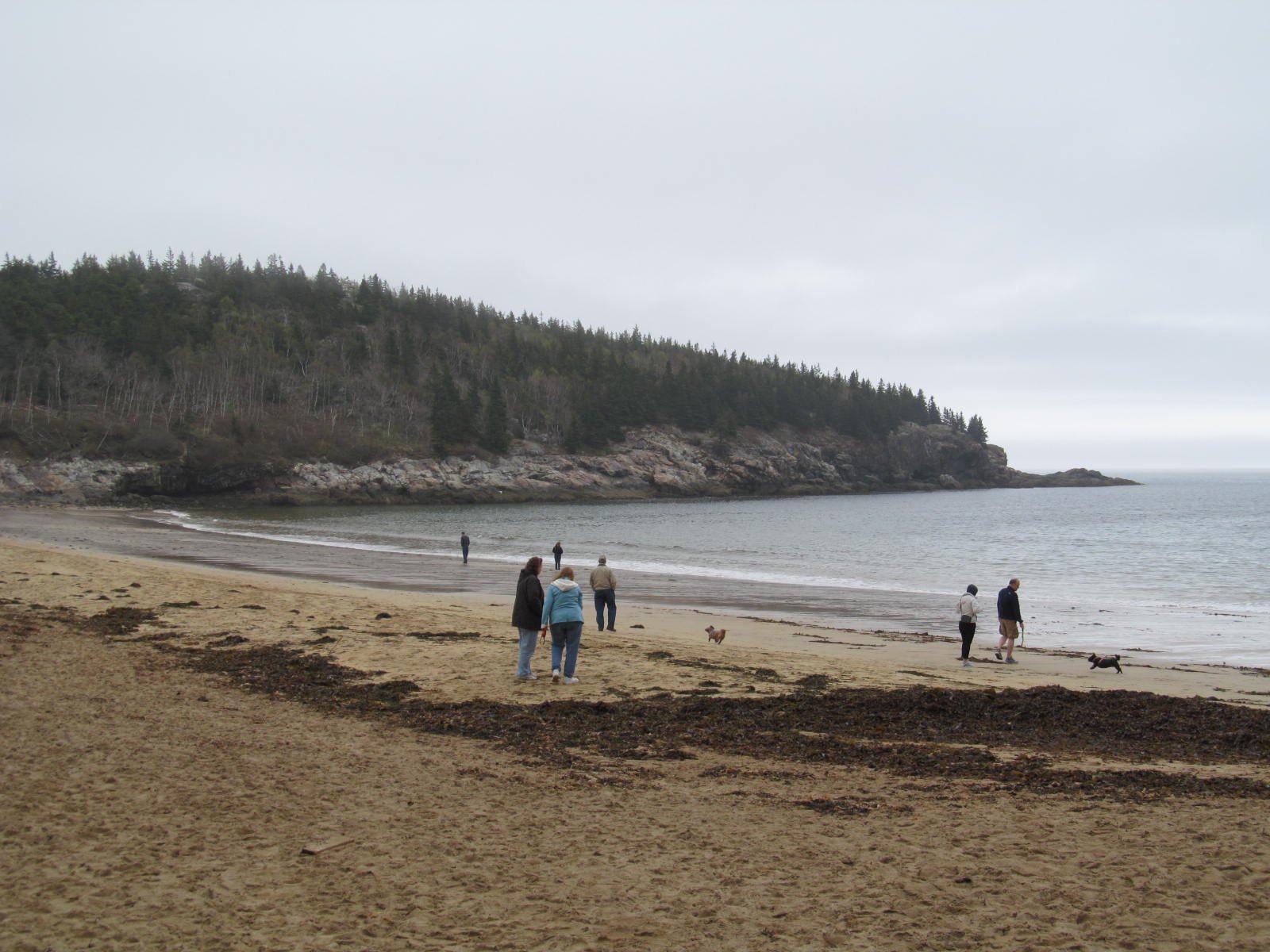Acadia National Park, a coastal gem in Maine, faces significant challenges due to sea level rise. With an eight-inch increase since 1950 and accelerating rates, the park experiences coastal erosion, habitat loss, and infrastructure damage. Salt marshes are particularly vulnerable, struggling to keep pace with rising waters. Flooding events are becoming more frequent, impacting visitor amenities and causing millions in damage. This article delves into the specifics of sea level damage in Acadia National Park and its far-reaching consequences.
What Are the Historical Trends of Sea Level Rise in Acadia?

Sea level rise in Acadia National Park has been a persistent and accelerating phenomenon:
- Since 1950, sea levels near Bar Harbor have risen by 8 inches
- Current rate: approximately 0.1 inches per year
- Projected future rate: potentially 0.5 inches per year in the next three decades (worst-case scenario)
This steady increase has already begun to reshape the park’s coastline and ecosystems. The acceleration of sea level rise poses an even greater threat to the park’s future.
How Does Sea Level Rise Affect Coastal Erosion in Acadia?

The impact of sea level rise on coastal erosion in Acadia National Park is significant and multifaceted:
- Increased flooding frequency, especially during king tides
- Record-breaking tides during nor’easters (e.g., 2018 events)
- Accelerated erosion of beaches and coastal cliffs
These factors combine to create a dynamic and increasingly vulnerable coastline. The park’s iconic rocky shores and sandy beaches are under constant assault from the rising seas, changing the landscape that visitors have come to know and love.
What Specific Habitats Are at Risk Due to Sea Level Damage?
Sea level damage in Acadia National Park threatens various crucial habitats:
- Salt marshes (e.g., Pretty Marsh, Bass Harbor Marsh)
- Coastal wetlands
- Forested areas near the coast
These habitats face several challenges:
| Habitat Type | Primary Threats |
|---|---|
| Salt Marshes | Increased flooding, potential drowning |
| Coastal Wetlands | Saltwater intrusion, vegetation die-off |
| Coastal Forests | Tree death due to saltwater exposure |
The loss or alteration of these habitats can have cascading effects on the park’s biodiversity and ecosystem services.
How Are Species Impacted by Sea Level Damage in Acadia?
The impact of sea level damage on Acadia’s species is profound and wide-ranging:
- Habitat shifts: Marsh grass encroaching into forested areas
- Tree mortality: Saltwater intrusion causing widespread tree death
- Salt marsh species: Risk of habitat loss due to marsh flooding
These changes can disrupt food chains, breeding patterns, and migration routes for numerous species that depend on Acadia’s diverse ecosystems.
What Are the Flood Risks Associated with Sea Level Rise in Acadia?
Flood risks in Acadia National Park are increasing due to sea level rise:
- Vulnerable locations:
- Thompson Island picnic area
- Cobble beaches
- Low-lying infrastructure (roads, trails, docks)
- Corea Harbor
-
Corea Road and Grand Marsh Bay Road
-
Flood depths:
- Historical extreme: 16.21 feet during the Blizzard of ’78
-
Increasing frequency of record-high tides during nor’easters
-
Flooding frequency:
- “Sunny day” flooding during normal high tides increasing
- In 2019, six days of such flooding occurred in Acadia
These flood risks pose significant challenges for park management and visitor safety.
How Does Sea Level Damage Affect Park Amenities and Visitor Experience?
Sea level damage in Acadia National Park has a direct impact on park amenities and visitor experiences:
- Accessibility challenges:
- Road closures
- Trail damage
-
Dock inaccessibility
-
Facility risks:
- Beaches
- Boardwalks
- Bulkheads
- Piers
-
Picnic areas
-
Financial impact:
- June 2021 storm: Over $1.5 million in infrastructure damage and repair costs
- Increasing repair and maintenance costs expected
These impacts can significantly alter visitor experiences, potentially limiting access to popular areas and requiring frequent closures for repairs and safety concerns.
What Measures Are Being Taken to Address Sea Level Damage in Acadia?
To combat sea level damage in Acadia National Park, several measures are being implemented:
- Monitoring:
- Regular tide measurements
-
Tracking of sea level rise rates
-
Research:
- Studies on salt marsh growth rates
-
Assessment of habitat shifts
-
Infrastructure adaptation:
- Evaluating vulnerable facilities
-
Planning for potential relocations or reinforcements
-
Public education:
- Informing visitors about climate change impacts
- Encouraging sustainable practices
These efforts aim to better understand, mitigate, and adapt to the challenges posed by sea level rise in the park.
What Are the Long-Term Projections for Sea Level Damage in Acadia?
Long-term projections for sea level damage in Acadia National Park paint a concerning picture:
- Accelerating sea level rise rates
- Potential for 0.5 inches per year increase in the next 30 years
- Continued habitat loss and shifts
- Increased frequency and severity of flooding events
- Growing challenges for park infrastructure and management
These projections underscore the need for ongoing research, adaptive management strategies, and potentially significant changes to park infrastructure and visitor management in the coming decades.
Sea level damage in Acadia National Park is a complex and evolving issue that touches every aspect of the park’s ecology and management. As the waters continue to rise, the park faces significant challenges in preserving its natural beauty, protecting its diverse ecosystems, and maintaining visitor access and safety. Ongoing research, adaptive strategies, and public awareness will be crucial in navigating the future of this beloved national treasure in the face of climate change.

